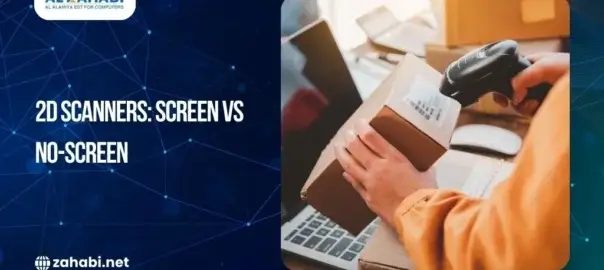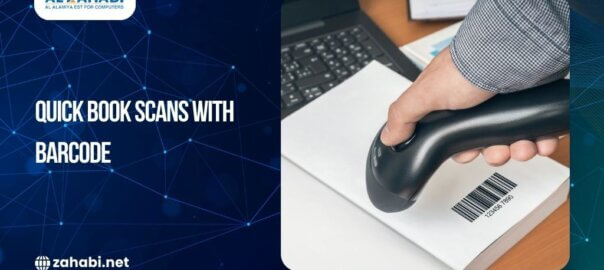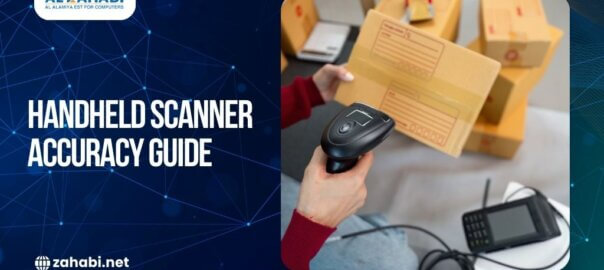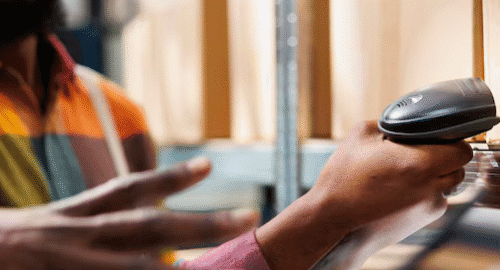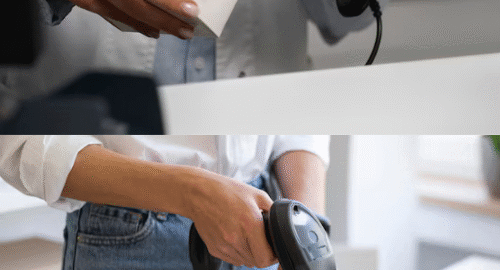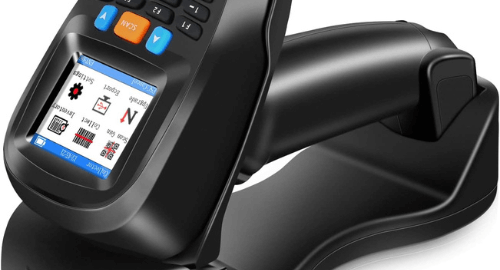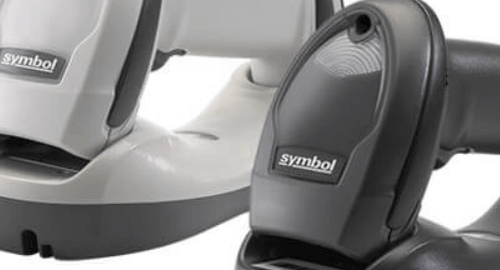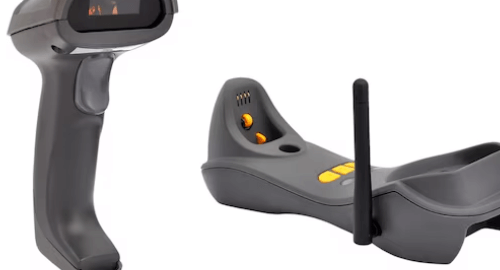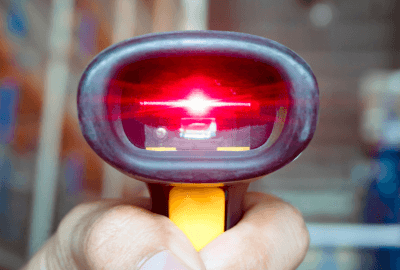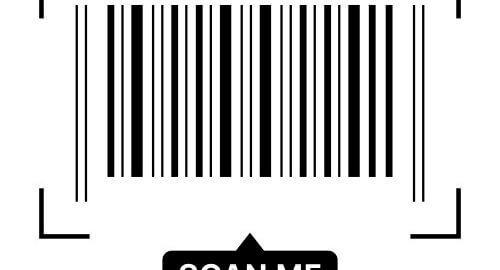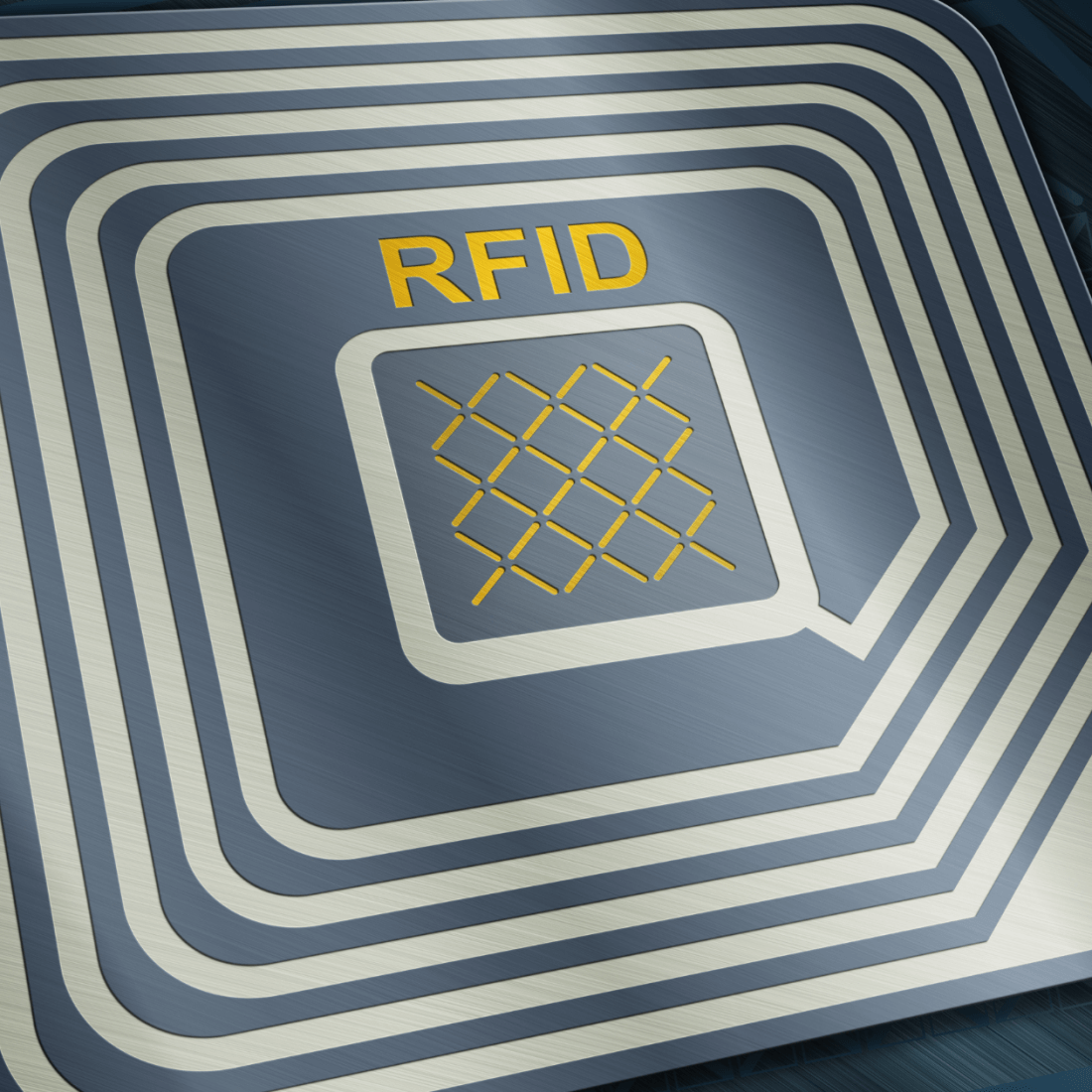
Introduction:
Radio-frequency identification (RFID) technology is a type of wireless communication that allows for the identification and tracking of objects using radio waves. RFID technology has a wide range of applications, including in the retail industry, where it has revolutionized inventory management and supply chain operations. RFID technology is used in the retail industry for a variety of purposes, including asset tracking, stock management, supply chain management, payments and checkouts, security, data improvements, cycle counts and store operations.
One of the biggest advantages of RFID technology in the retail industry is its ability to improve inventory accuracy. Traditional inventory management methods, such as manual counts and barcode scanning, are time-consuming and prone to errors. RFID technology allows retailers to quickly and accurately track inventory levels, reducing the risk of stockouts and overstocking.
Uses Of RFID Technology In Retail Industry:
RFID technology, or radio-frequency identification, has numerous uses in the retail industry. Here are some descriptions of the key ways that RFID technology can be utilised in retail:
- Asset tracking: RFID technology can be used to track high-value assets such as equipment, display items, and other movable objects within the retail store. With RFID tags affixed to these items, retailers can easily monitor their location, movement, and usage to prevent theft and loss.
- Stock management: RFID technology can help retailers manage their inventory more efficiently. RFID tags can be attached to products, which can be scanned by RFID readers to update stock levels in real-time. This allows retailers to track stock levels accurately and quickly, reducing the risk of stock shortages and overstocking.
- Supply chain management: RFID technology can be used to improve the efficiency and accuracy of the supply chain. By tracking products as they move through the supply chain, retailers can gain greater visibility and control over their supply chain operations. This can help reduce costs, improve inventory management, and ensure that products are delivered to stores on time.
- Payments and checkouts: RFID technology can be used to speed up the checkout process and improve the customer experience. RFID tags can be attached to products, which can be scanned at the checkout using RFID readers. This allows retailers to process transactions quickly and accurately, reducing wait times and increasing customer satisfaction.
- Security: RFID technology can be used to improve store security by preventing theft and loss. RFID tags can be attached to products, which can be tracked using RFID readers. This allows retailers to monitor the movement of products within the store, and quickly detect any suspicious activity.
- Data improvements: RFID technology can help retailers collect more accurate and comprehensive data about their operations. By tracking products, assets, and other items using RFID tags, retailers can gain greater insight into their supply chain, inventory, and store operations. This data can be used to identify areas for improvement and optimise operations.
- Cycle counts: RFID technology can be used to automate cycle counting, which is the process of counting inventory on a regular basis. With RFID tags attached to products, retailers can scan their inventory quickly and accurately, reducing the time and resources required for manual cycle counts.
- Store operations: RFID technology can be used to streamline store operations and improve efficiency. By tracking products, assets, and other items using RFID tags, retailers can quickly locate items, reduce wait times, and improve the overall shopping experience for customers.
Conclusion:
RFID technology has numerous applications within the retail industry, from improving inventory management and supply chain operations to enhancing store security and customer experience. By utilizing RFID tags and readers, retailers can gain greater visibility and control over their operations, reduce costs, and improve data collection and analysis. With the continued advancement of technology, it is likely that RFID will continue to play an increasingly important role in the future of retail.
A Beginner’s Guide to RFID Technology: Everything You Need to Know

